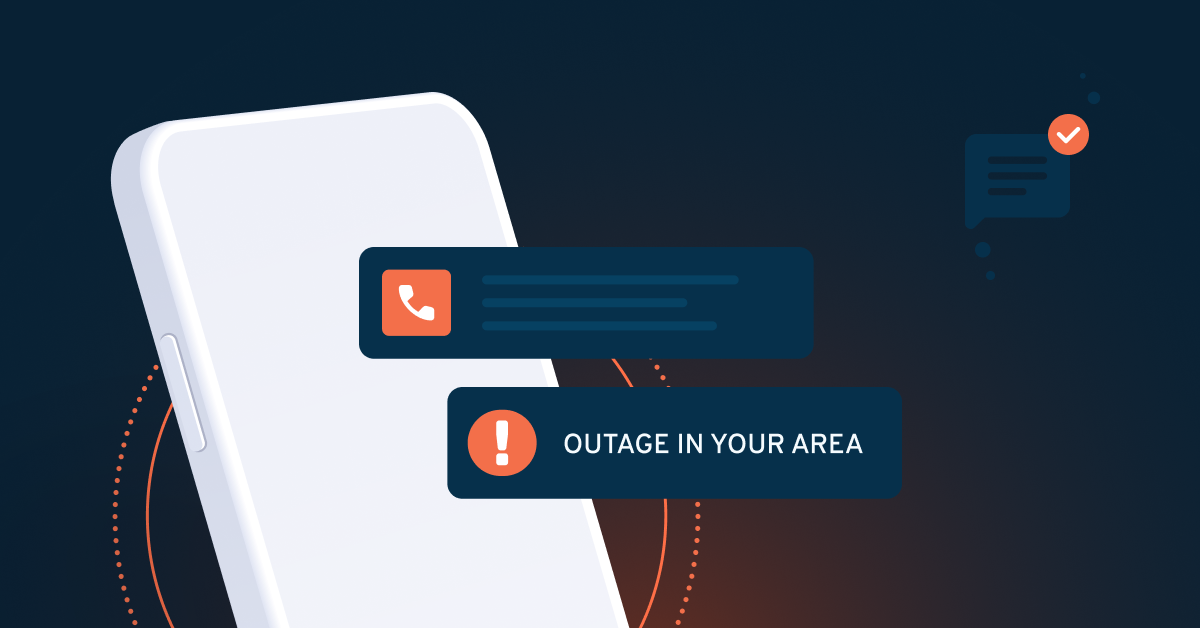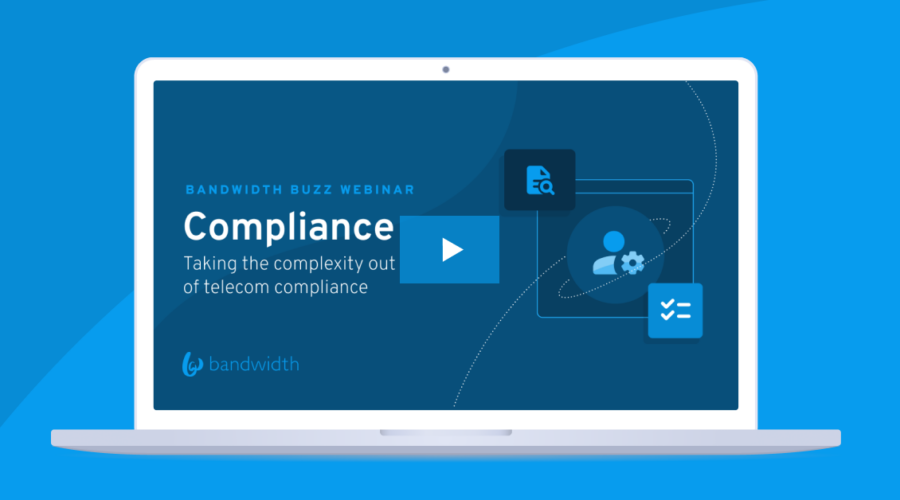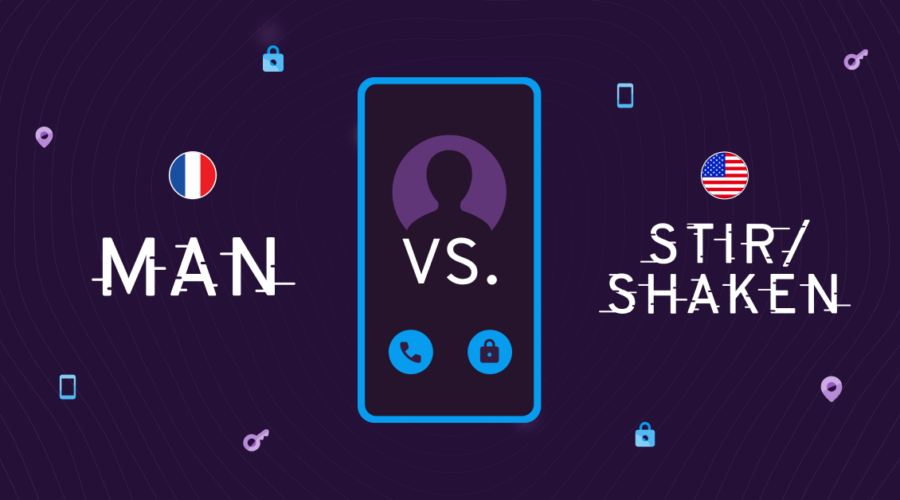Each year, around 240 million 911 phone calls are placed. That means public safety answering points (PSAPs) are flooded with an average of 7.6 calls every second.
To hear “911, what’s your emergency?” during a time of need relies upon a complex ecosystem of emergency providers and regulations to ensure you’re connecting with the right people.
Emergency regulations like the MLTS regulations prompted by RAY BAUM’s Act and Kari’s Law were enacted in response to outdated emergency systems during these times of need. Now, there is another regulatory mandate on the horizon.
What is the FCC 22-88 Report and Order?
The multi-carrier 911 outage in September 2020 shocked the industry and citizens alike, and displayed just how important it is to partner with a dependable 911 provider.
Outages remind many of the level of complexity and coordination required between service providers, PSAPs, and other entities to prevent potential issues.
As a result of the 2020 outages, the FCC announced specific guidelines to improve emergency services infrastructure reliability. This is where the new FCC 22-88 Report and Order comes into play.
The FCC released specific requirements that require notifications of actual or potential network outages to special 911 facilities. The new rules will not go into effect until 120 days after publication in the Federal Register. The FCC will require service providers to adopt procedures to notify PSAPs of outages or potential outages.
What’s in the FCC 22-88 Report and Order
Together, the FCC, service providers, and PSAPs can create robust risk mitigation strategies, and get one step closer to reducing potential disruptions in emergency services. The FCC 22-88 requires that:
- Providers that deliver traffic to 911 special facilities must obtain and maintain up-to-date contact information (contact and methods) for 911 special facilities to ensure potentially impacted PSAPs can receive notice about outages.
- Initial notice of an outage is required as soon as possible, but no later than 30 minutes from when an outage is discovered that potentially impacts service.
- Second notice is required as information becomes available, but no more than two hours after initial notification.
- If the outage lasts more than two hours, providers must share additional information as soon as possible until the outage is restored.
4 questions to consider for FCC 22-88
To make sure your organization is ahead of the regulatory curve, sit down with your lawyers & ask yourself the following questions:
1. What changes are necessary to meet reporting requirements?
Think about:
- How you should gather and maintain up-to-date, valid contact information for 911 special facilities, including nearly 6,000 PSAPs
- How to manage methods to deliver notifications to all 911 facilities and keep records of all notifications sent to those facilities
- The most efficient process to identify and resolve outages, while providing updates to 911 facilities within the required timeframe
2. What potential impact will this regulation have on your organization?
Think about:
- The costs involved for managing the data to become fully compliant with FCC 22-88
- If you need to increase operational overhead with emergency services data management personnel
- The impact of potential lawsuits if outages are not reported within the required timeframe
3. How will you ensure your systems can detect and respond to outages in a timely manner?
Think about:
- Make sure your business understands how to identify an outage, when to report on it, and who to report it to
- Audit your systems and ensure they’re able to send multi-medium mass communications to the PSAPs based on their notification preference (e.g. email)
4. Will you have a solution implemented by the deadline?
Think about:
- Creating a roadmap to solve for the FCC 22-88 requirements 120 days from publication
Note that the rule will go into effect 120 days after it is published in the Federal Register. Formal federal registration publication has not yet occurred and is pending completion of review by the Office of Management and Budget.
To prepare, begin by understanding what’s required of you beforehand, and how to address this regulation.
What should your emergency provider do about this?
While we’re not lawyers, we can help you answer your questions above. Bandwidth has been reporting to the FCC and PSAPs for years, and we’re actively developing a solution to meet the FCC’s outlined requirements so you’ll be prepared when the rule becomes effective.




